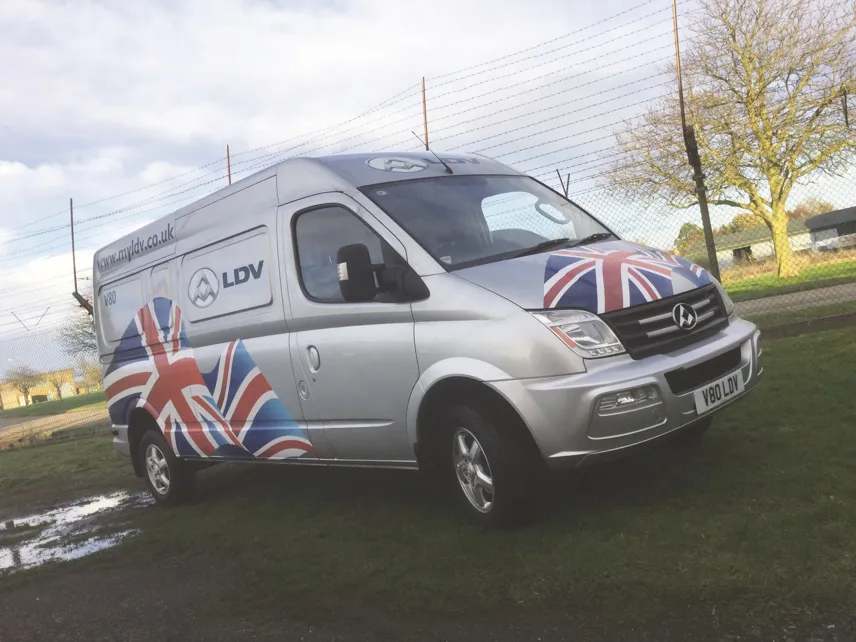Review
Surprise news in the LCV world last year was the sudden re-emergence of the LDV Maxus after a gap of some seven years. For those with short memories, LDV went into liquidation in 2009 after the banking crisis, having launched the Maxus four years previously.
The machinery was sold to SAIC in China, which has renamed it the LDV V80 and is now selling it again in the UK through importer Harris Group of Dublin.
When we tested the Maxus back in 2005, we were distinctly underwhelmed. Its build quality was questionable to say the least, there were paint runs on most of the test models and the general driving experience was unimpressive, even against the rivals of the day.
So the big question is this? With such a history behind it, can this van really be considered a viable option for the LCV operator of 2017?
Having tested the V80 in long wheelbase, 3.5-tonne gvw guise for a week, the fudged answer is: maybe/maybe not.
Technology has moved on at an amazing pace since 2005 and, while improvements have undoubtedly been made, underneath the V80 is still an ancient van – and feels it.
Another problem is that, at present, the makers do not have a Euro 6 engine. The Euro 5b ones on offer were built before the cut-off date of October last year and are therefore allowed to be sold under a special derogation. A new Euro 6 powerplant is promised for the second quarter of the year although no exact date has been given.
To be fair, the V80 does have its attractions. The price for example, at £14,184 ex-VAT, is around £10,000 less than anything its rivals can offer. The Citroën Relay LWB weighs in at £28,460, a staggering £14,276 more. And the V80 comes with goodies such as air-con, electric heated mirrors, cruise control, electric windows and Bluetooth connectivity, which are often paid-for options. There’s also a five-year/125,000-mile warranty to tempt buyers.
The engine – albeit Euro 5 – is a tried-and-tested unit from Italian firm VM Motori, which is as rock solid a performer as any on the market. It’s a lusty unit with plenty of power on tap but sadly only manages 30mpg on the combined cycle, compared to 44.1mpg for our rival Relay. That means that over a 100,000-mile lifecycle the LDV will use £6,057 more fuel today’s prices – ouch. Incidentally, CO2 emissions are a hefty 250g/km too, showing how behind-the-times this unit is. The Relay’s tally is 168g/km.
The general ride and handling of the V80 were not as bad as we had feared. Although it still feels definitely last generation, improvements have certainly been made over the old model and it generally feels well put together.
The rock bottom price is tempting for hard-pressed van fleets and the V80 is well-specced. Only 20 UK dealers at present may put fleets off.
















